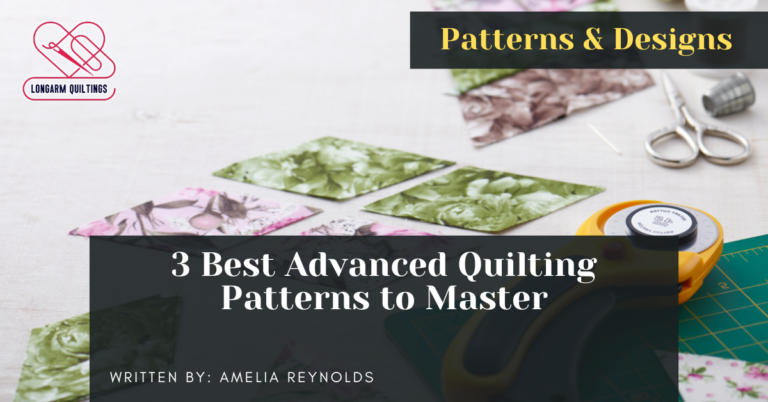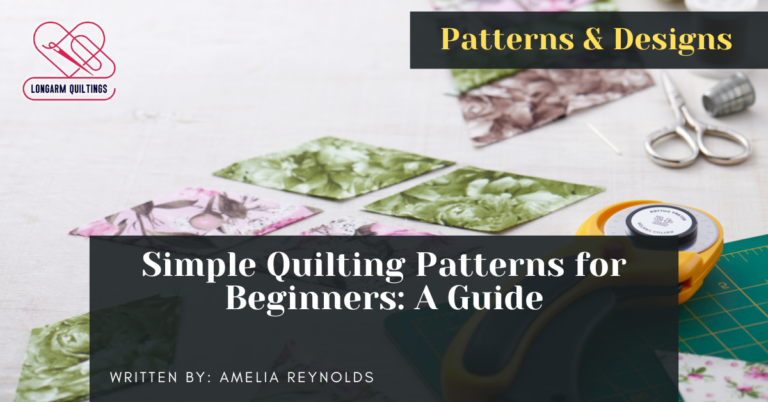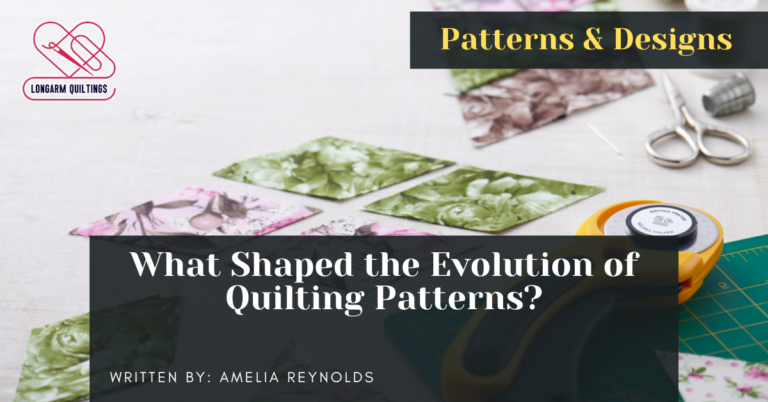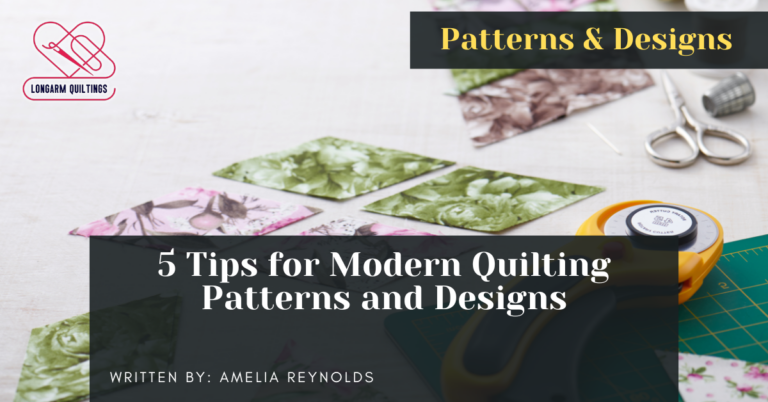Traditional quilting patterns hold a deep significance beyond their intricate designs. The Log Cabin quilt pattern and the Wedding Ring quilt both carry historical and symbolic meanings that reflect cultural traditions and values. Each stitch in these quilts weaves a story that transcends mere aesthetics, offering a glimpse into the rich tapestry of human experience. As we delve into the layers of tradition and heritage interwoven in these creations, a world of symbolism emerges, inviting exploration and appreciation.
By unraveling the hidden meanings behind these quilting patterns, we uncover a treasure trove of symbolism that enhances our understanding of the intricate artistry and cultural significance behind each stitch. This exploration not only enriches our appreciation for the craftsmanship involved but also deepens our connection to the stories and traditions passed down through generations.
History of Log Cabin Quilt Pattern
The origins of the Log Cabin quilt pattern can be traced back to early American pioneers and hold significant historical importance in the quilting tradition. Pioneer techniques played a crucial role in the development of this pattern, as settlers utilized scraps of fabric to create warm and functional quilts for their cabins. The design consists of a center square, representing the hearth of the home, with strips of fabric sewn around it, symbolizing the logs of the cabin. This visual depiction not only served a practical purpose but also held deep symbolic meaning for the pioneers, reminding them of the warmth and security of their homes amidst the harsh wilderness.
The Log Cabin quilt pattern became a staple in American quilting, evolving over time with variations in color, size, and layout. Its enduring popularity can be attributed to its simplicity, versatility, and the nostalgic connection it offers to the pioneering spirit of the past. Through the adaptation of traditional techniques and the incorporation of cabin symbolism, the Log Cabin quilt pattern continues to be cherished in the modern quilting community for its rich historical significance and timeless appeal.
Symbolism of Bear Paw Design
In exploring the symbolism embedded within the Bear Paw design, one delves into a rich tapestry of cultural significance and historical context. The Bear Paw quilt block holds deep roots in animal symbolism, particularly drawing from Native American influence. The bear, revered for its strength, courage, and protection in many indigenous cultures, is believed to imbue these qualities into the quilt design. Each paw print within the block represents a connection to nature and the spiritual realm, adding layers of meaning to the overall pattern.
Modern interpretations of the Bear Paw design have seen creative variations in quilt blocks, with quilters experimenting with colors, sizes, and arrangements to give the pattern a contemporary twist while still honoring its traditional significance. These variations serve to keep the Bear Paw design relevant and adaptable to different quilting styles and preferences while preserving its symbolic ties to nature and Native American heritage.
Meaning Behind Wedding Ring Quilt
Symbolic of eternal love and commitment, the Wedding Ring quilt pattern holds a profound historical significance in quilting tradition. This pattern, with its interlocking circles, represents marriage symbolism and is often gifted to newlyweds as a wish for a long and happy union.
The romantic heritage of the Wedding Ring quilt dates back to the 15th century when it gained popularity for its intricate design and symbolism of everlasting love. Each ring in the pattern signifies the wedding band, while the overall composition symbolizes the unbreakable bond between two individuals.
The quilt tradition of creating Wedding Ring patterns has been passed down through generations, showcasing the skill and dedication of quilters in preserving this symbolic motif. The patchwork artistry involved in crafting each quilt reflects not only the technical prowess of the quilter but also the emotional depth embedded in every stitch, making the Wedding Ring quilt a timeless symbol of love and unity.
Significance of Flying Geese Pattern
Originating as a classic motif in quilting tradition, the Flying Geese pattern showcases a symbolic significance deeply rooted in historical craftsmanship and artistry. This geometric design, consisting of triangles forming the shape of a flying V of geese, holds a rich history within quilting circles.
Here are three key aspects that illuminate the meaning behind the Flying Geese pattern:
- Migration Symbolism: The Flying Geese pattern symbolizes the migratory journey of geese, reflecting themes of teamwork, cooperation, and the idea of achieving a common goal through collective effort. Quilters often interpret this pattern as a representation of harmony and unity.
- Geometric Precision: The intricate alignment and angles within the Flying Geese pattern require meticulous attention to detail and geometric precision. Quilters appreciate this design for its challenging yet rewarding nature, showcasing the maker's skill in piecing together each element accurately.
- Historical Legacy: The Flying Geese pattern has been passed down through generations, maintaining its relevance in quilting communities worldwide. Its enduring popularity speaks to its timeless appeal and the enduring connection to nature and tradition it embodies.
Secrets of Double Wedding Ring Quilt
Crafted with intricate interlocking rings symbolizing eternal love and unity, the Double Wedding Ring quilt holds within its stitches a wealth of hidden secrets waiting to be unveiled. This traditional quilt pattern, dating back to the early 20th century, is not just a beautiful display of quilting techniques but also a symbol of everlasting commitment. The circular design represents the wedding band, while the interlocking rings signify the bond between two individuals.
Color choices play a significant role in the symbolism of the Double Wedding Ring quilt. Traditionally, the rings are made using contrasting colors to emphasize the unity and connection they represent. Stitching traditions associated with this pattern are meticulous and require precision to achieve the intricate interlocking effect. Quilters often employ techniques like curved piecing to create the smooth, flowing lines of the rings.
Cultural Importance of Sunbonnet Sue
Sunbonnet Sue, a beloved and iconic figure in quilting history, holds significant cultural importance in the tradition of quilt making. This character, typically depicted wearing a bonnet and a long dress, has been a central figure in quilting patterns for over a century, reflecting cultural values and societal norms of the time.
- Cultural Representation: Sunbonnet Sue symbolizes the virtues of modesty, innocence, and simplicity, embodying the idealized image of a young girl from a bygone era. The character's presence in quilts speaks to the importance of these values within the cultural fabric of society.
- Historical Significance: The enduring popularity of Sunbonnet Sue quilts highlights their historical significance as a reflection of domestic life and women's roles in the past. Through these quilts, we can glimpse into the lives and experiences of women from different generations.
- Evolution of Symbolism: As quilting styles have evolved over time, so too has the representation of Sunbonnet Sue. Modern interpretations of this character in quilts continue to adapt and change, reflecting shifting cultural norms and values.
Frequently Asked Questions
How Can I Incorporate Traditional Quilting Patterns Into Modern Home Decor?
Incorporating traditional quilting patterns into modern home decor involves blending contemporary twists with stylish designs. Integrate colorful combinations and timeless elegance to create a harmonious fusion. Select patterns that resonate with your aesthetic and enhance the overall ambiance of your space.
Are There Any Superstitions or Myths Associated With Traditional Quilting Patterns?
Folklore connections and historical significance intertwine with traditional quilting patterns, reflecting cultural beliefs and symbolic meanings. Superstitions and myths have influenced the creation and interpretation of these designs, adding layers of depth to their origins.
What Materials and Tools Are Typically Used in Traditional Quilting?
Fabric selection in traditional quilting involves choosing from a variety of cotton prints and solids. Cutting techniques include precise measurements and templates. Tools like sewing machines and rotary cutters aid in efficient piecing and quilting processes.
Can Traditional Quilting Patterns Be Adapted for Different Skill Levels?
Traditional quilting patterns can indeed be adapted for different skill levels. Beginners can start with simplified designs and basic techniques, while advanced quilters can explore complex adaptations and intricate patterns that showcase skill and creativity.
Are There Any Specific Regions or Cultures That Are Known for Certain Traditional Quilting Patterns?
Cultural significance and regional variations play a vital role in traditional quilting patterns. These designs often have historical origins tied to specific regions or cultures, each carrying symbolic meanings that reflect the heritage and values of the community.
Conclusion
In conclusion, traditional quilting patterns hold significant cultural and historical symbolism. The Log Cabin quilt pattern represents the pioneer spirit and the importance of home and family.
The Bear Paw design symbolizes strength and courage. The Wedding Ring quilt signifies unity and love, while the Flying Geese pattern represents migration and freedom.
The Double Wedding Ring quilt holds secrets of love and commitment, and Sunbonnet Sue reflects the innocence and charm of childhood. These patterns continue to connect us to our past and heritage.






